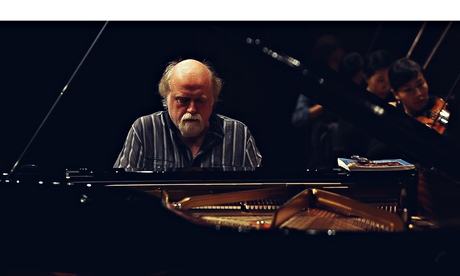
Designating a work as "Opus 1" meant something special to many 19th- and early 20th-century composers; it was a public statement, a manifesto signalling a coming-of-age musically. Beethoven's Op 1 was a set of piano trios, Rachmaninov's his First Piano Concerto, Stravinsky's a Symphony in E flat. Others did not choose quite so well – an all-but-forgotten Rondo in C Minor for piano in Chopin's case – but there are still plenty of worthwhile piano works that serve as significant landmarks, and Peter Donohoe selected six of them for his Wigmore recital.
Whether by accident or design, the two halves of this recital left very different impressions. While the music that Donohoe played before the interval, by Tchaikovsky (two flashy salon pieces), Prokofiev (his Rachmaninov-like First Sonata) and Bartók (a Lisztian rhapsody), hardly hinted at what those composers would write for piano later in life, the three in the second half all seemed to emerge fully formed in their Op 1s.
For instance, even though Berg would not write anything else for solo piano after his piano sonata, its musical world is instantly recognisable, and while there may be more layers of indulgent decoration in the Abegg Variations than Schumann would allow himself a few years later, the poetic impulse of the set is recognisably his, just as the gruff rigour of Brahms's C Major Sonata is unmistakable, for all its Beethovenian fingerprints.
Donohoe was a wonderfully direct guide to all of this music, never excusing its occasional miscalculations or trying to disguise them, and handling the technical challenges – some of them formidable – with total sang-froid. Occasionally the sound seemed a bit too fulsome; there were a few passages when leaner textures might have paid dividends, but otherwise it was a very rewarding tour around corners of the repertoire that don't get visited as often as they might.

